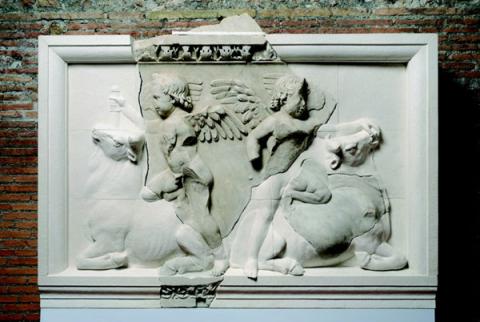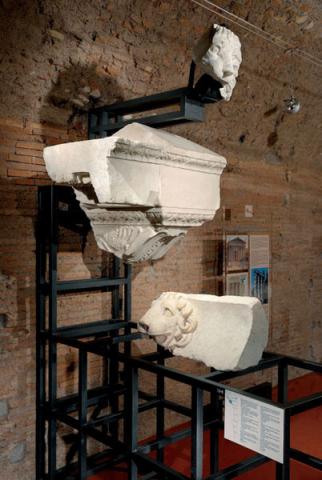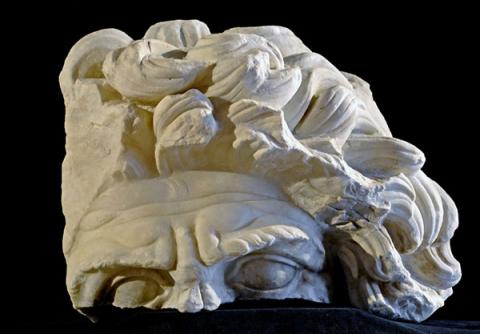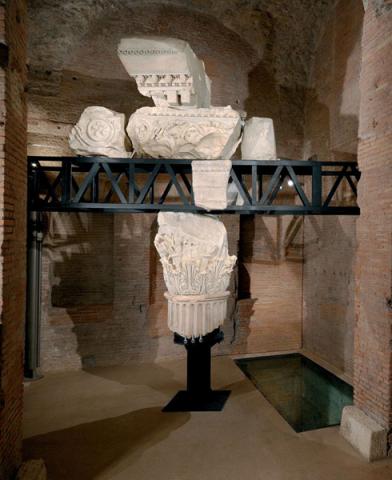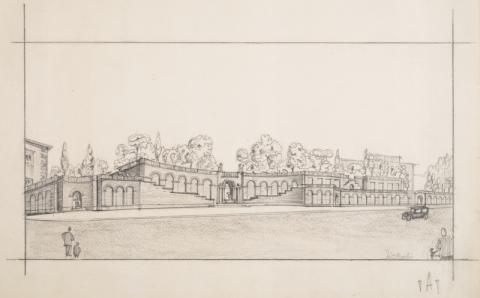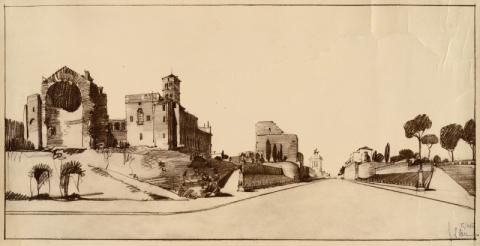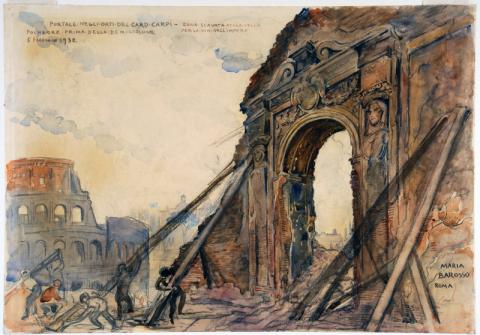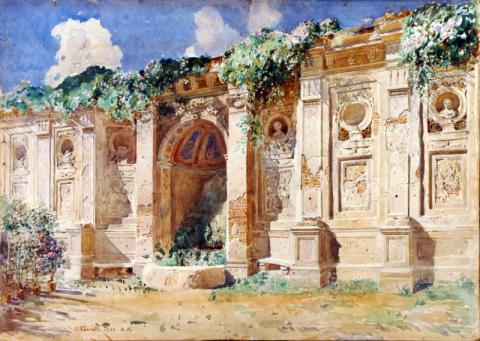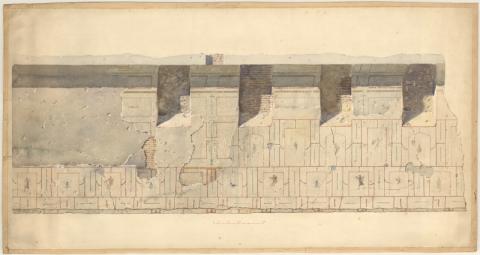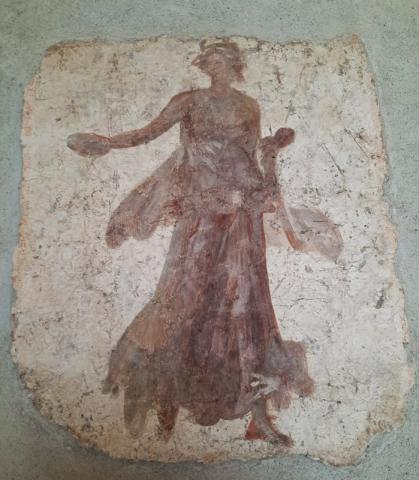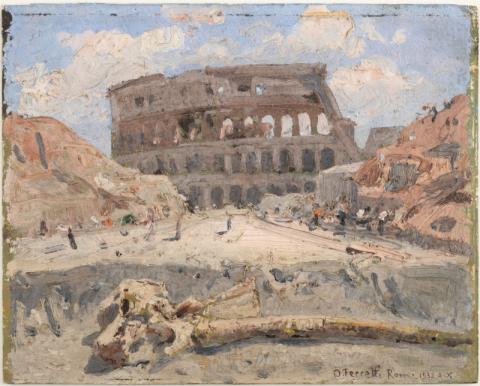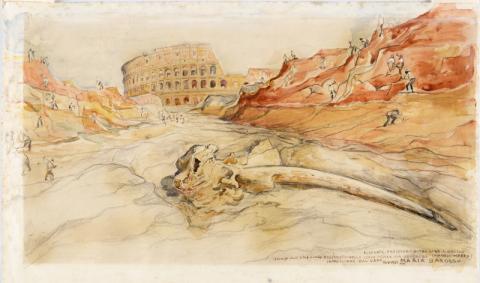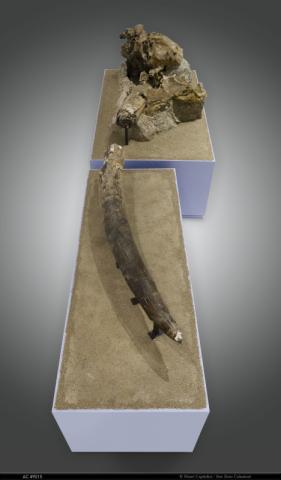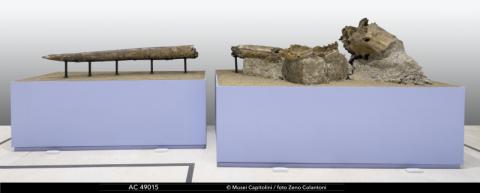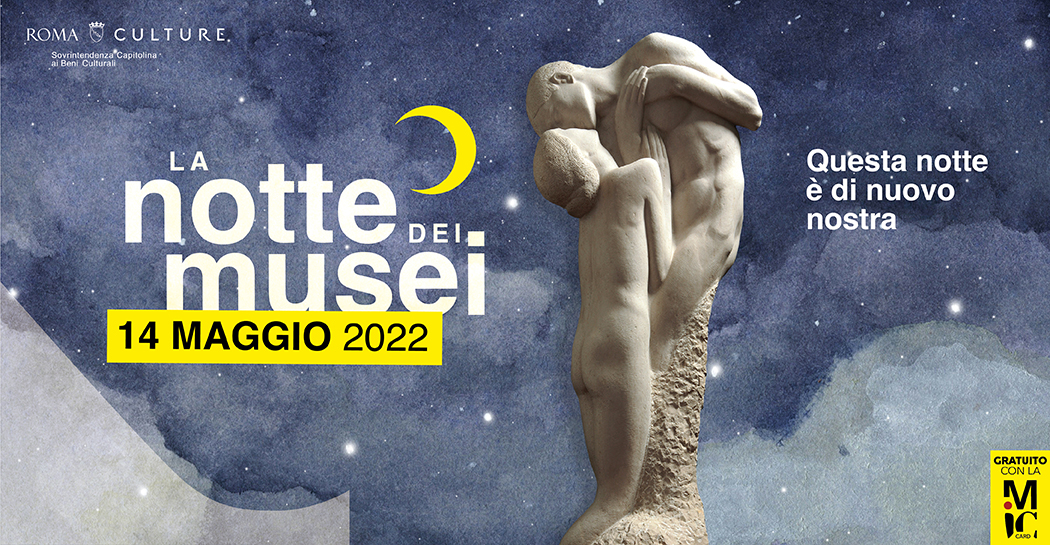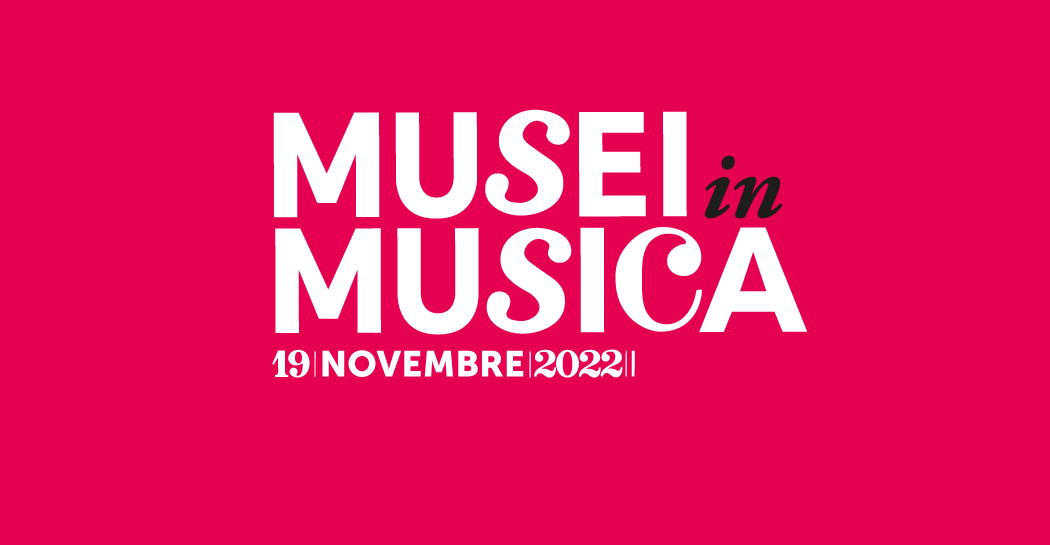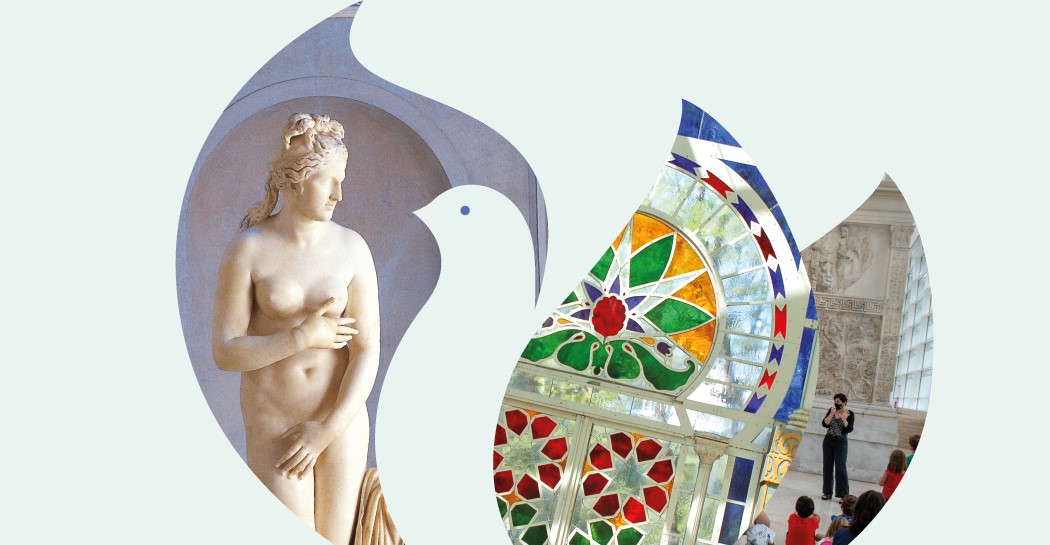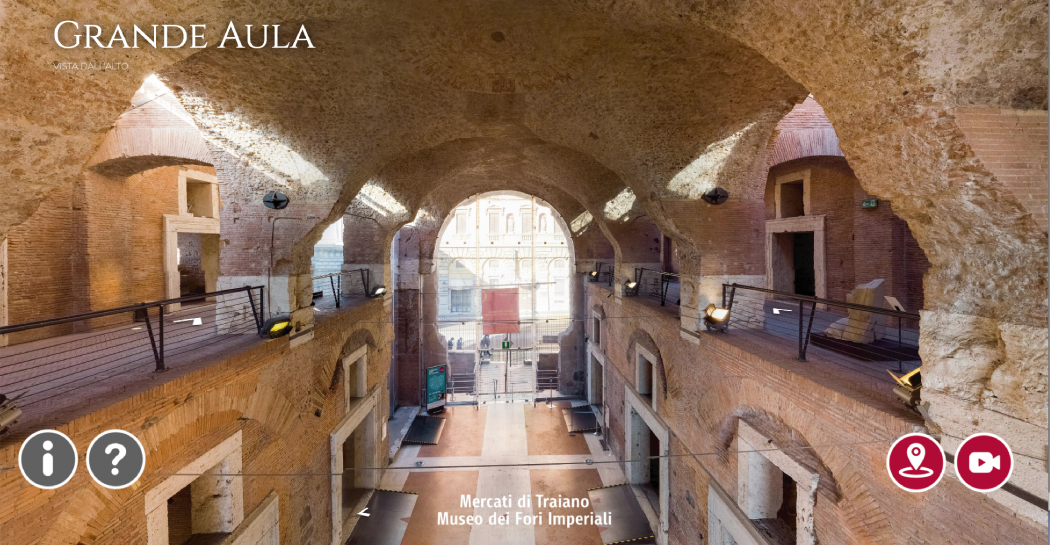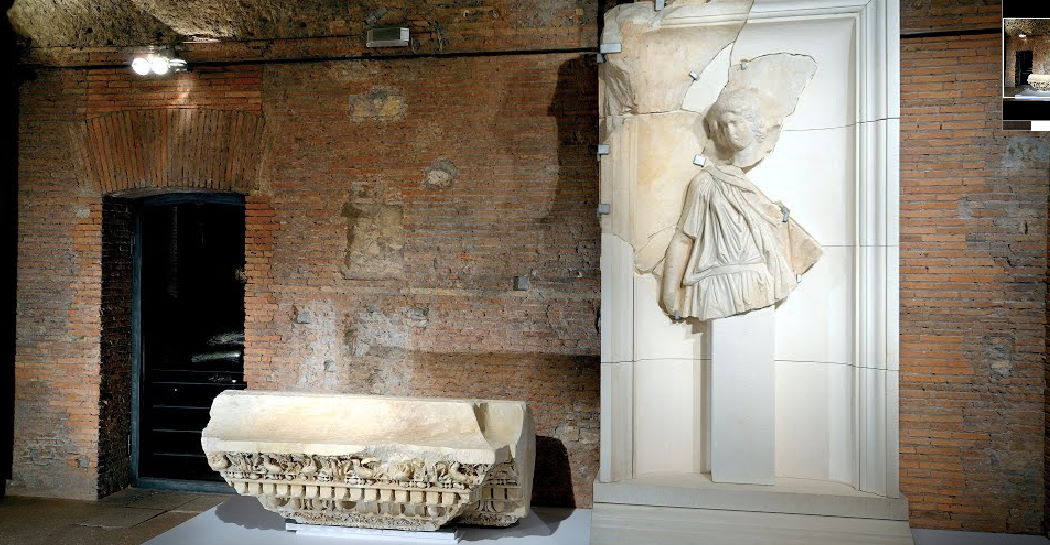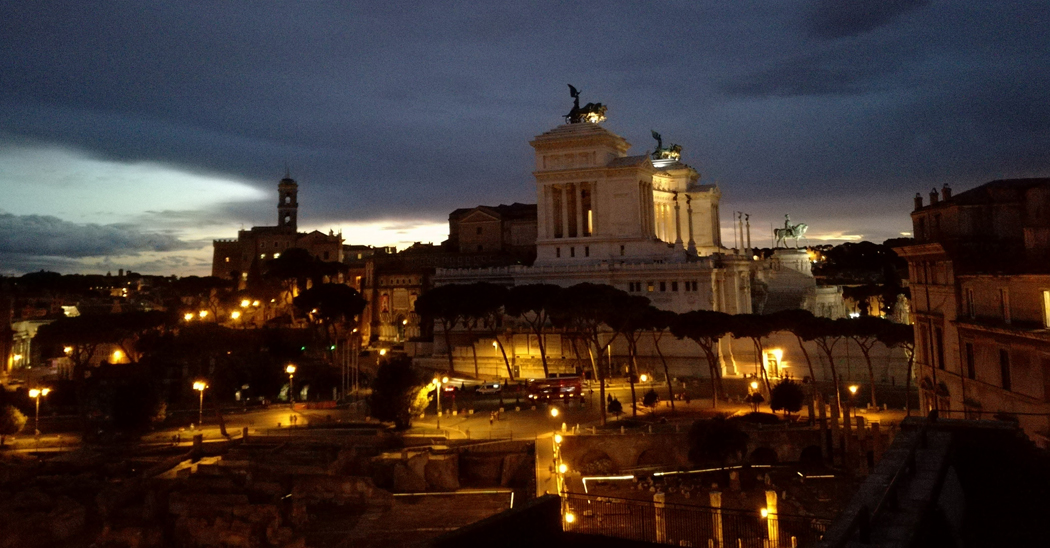1932, l’elefante e il colle perduto
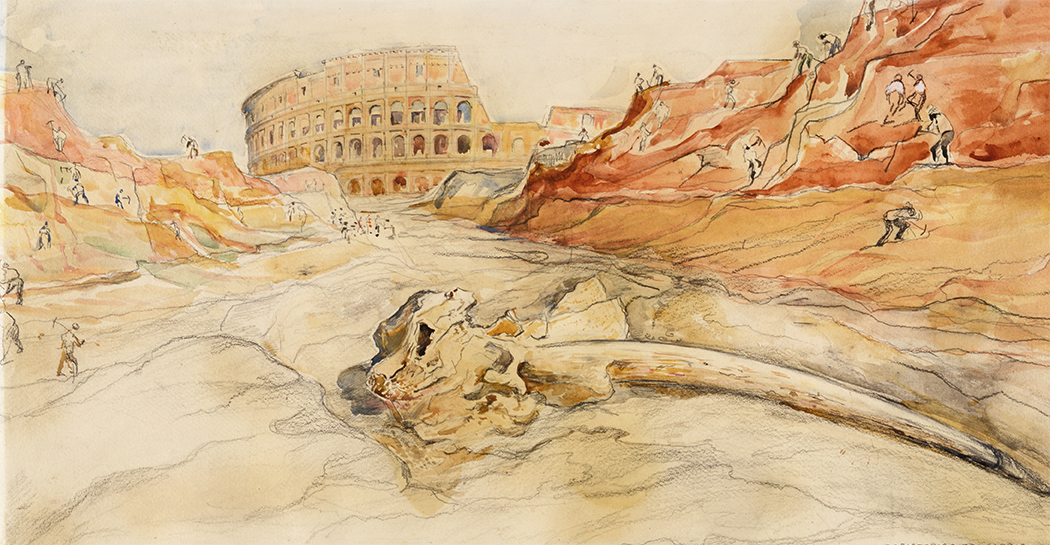
A selection of about 100 pieces, including archaeological objects, graphic designs, art objects and videos, some of them exposed for the first time, describes the story of the lost Velia and 'its' elephant.
Extended to April 10, 2023
After 90 years from their discovery, the remains of the elephant (Elephas antiquus) discovered at the base of the hill known as Velia have been restored. The project provided an opportunity to exhibit a series of objects, providing an overview of a sector of the main archaeological area that was subject to destruction and extensive urban transformation in the 1930s. About a hundred of these objects, including archaeological finds, graphic projects and artworks, all from the Capitoline collections, some of them discovered during recent research and exhibited to the public for the first time, compose this exhibition.
In only two years, between 1931 and 1932, the Velia, the hill in the heart of the city of Rome, extending between the Oppio and the Palatino foothills, separated the area of the Fori Imperiali from the Colosseo. The project resolved to connect piazza Venezia, via Cavour and the new districts of Celio and Esquilino, and also allowed the construction of a monumental and scenic road from piazza Venezia to the Colosseo It was a single promenade in the world, flanked by the monuments of the ancient city, that were being recovered by the demolition of the Alessandrino district, in progress since 1924.
The new avenue, called Via dell'Impero (today's Via dei Fori Imperiali), was opened on 28 October 1932 to celebrate the tenth anniversary of the Marcia su Roma, and from that time on became a favourite venue for the celebrations and rituals of the Italian government.
The price paid by the artistic and archaeological heritage was very high. It started with the almost total demolition of the garden of Villa Rivaldi, extending from the top of the hill to the back of the Basilica di Massenzio. The archaeological stratification was then damaged, and it turned out to be very rich in Roman remains, in particular the remains of a domus with well-preserved frescoes and numerous statues.
But the most surprising discovery was made on 20 May 1932, when several remains of fossilized fauna came to light, of which the skull and tusk of an elephant Elephas (Palaeoloxodon) antiquus is the most famous find. The news was immediately reported in the press. Antonio Muñoz, Director of the X Department of Antiquities and Fine Arts of the Governatorato di Roma and supervisor of the work, wrote that 'here, under the Velia hill was the zoological garden of prehistoric Rome'. The recovery operations were carried out with great rapidity: the Elephas, hastily removed, was then transported to the Antiquarium Comunale del Celio, "where it was forgotten", as Antonio Cederna would later write.
The exhibition is composed by four sections that illustrate, in a journey in the past, some important moments of this history: the excavation work with the projects of architectural design and the way to collect the archaeological materials found; the monumental complex of Villa Rivaldi, strongly damaged by the works; the evidences of a rich domus in use for a long time in the imperial age; the discovery of the remains of Elephas antiquus.
In this story, the exhibition includes not only archaeological remains, graphic projects and art objects, but also historical films from the Istituto Luce archives and a video with images from the archives of the Sovrintendenza Capitolina, providing an insight into the themes discussed in the exhibition.
The first section describes the Velia excavation project, showing two aspects of this giant urban construction site: the discovery, performed without scientific guidelines, of many archaeological finds, and the architectural arrangement of the cut in the hill in view of the opening of Via dell'Impero.
The first aspect is illustrated in the exhibition through a selection of archaeological materials found during the excavation works, dating from ancient to modern times. Their apparently random arrangement is intended to give an idea of the way the materials were recovered, collected without distinction as to the context in which they were found, and then stored in boxes in the municipal storage areas. On the other hand, some drawings and projects for the retaining wall of the garden of Villa Rivaldi, drawn up by Antonio Muñoz and his assistants, refer to the second aspect. Partly unpublished, the drawings show the variety of solutions devised.
The second section is devoted to the garden of Villa Rivaldi, a splendid residence built on the summit of the Velia by Monsignor Eurialo Silvestri from 1542 onwards. After passing through the hands of various owners, in 1660 the villa was sold by Cardinal Carlo Pio of Savoy to the Conservatorio delle Zitelle Mendicanti, an institution intended to welcome and educate abandoned girls. On the eve of the demolition of the Velia, the Governatorato di Roma commissioned Maria Barosso and Odoardo Ferretti to paint some views of the villa's garden, which was soon to be destroyed.
This initiative was part of a widespread practice at the time: it was thought that painting was more suitable than photography - considered a simple mechanical method of reproducing images - to convey the fervour of the work in progress or to appropriately document the frequent discoveries of antiquities. The paintings on display in this room are the fruit of that work.
The third section is reserved for the pictorial decoration of the cryptoporticus of a large domus from the Imperial Roman period intercepted by the earthworks, whose imposing structures were completely demolished. The complex was built on two levels, the lower one with a cryptoporticus and a nymphaeum; the upper level had a rectangular porticoed courtyard. The decoration consisted of two distinct pictorial phases, one dating from the end of the first to the beginning of the second century A.D., the other from the end of the second to the beginning of the third century A.D., reproduced by Ferretti in watercolours, some of which are on display in the exhibition. Four fragments of frescoes, recovered before the demolition of the structures, are presented to the public for the first time. They depict characters and animals that decorated the squares in which the walls were divided during the second pictorial phase.
Finally, the fourth section displays the remains of the skull and left defence (tusk) of the ancient elephant Elephas (Palaeoloxodon) antiquus, found in the geological stratum about 11 metres from the top of the hill. Three watercolours by Barosso and an oil painting by Ferretti take the spectator through the opening phases of the Velia cut, with the first appearance of the Colosseo, the bringing to light of the remains of the elephant's skull and defence lying in the path of the Via dell'Impero and, finally, the majestic geological stratification brought to light by the advancing work.
Information
From April 8 to May 24, 2022, EXTENDED to April 10, 2023
Every day 9.30 - 19.30
Last admission one hour before closing time
Closed: 1 May and 25 December
Before planning the visit, CONSULT THE NOTICES
Access to the exhibition is granted to holders of a ticket according to the current rates
Free admission with MIC card
Call. 060608 (every day 9.00 - 19.00)
Promoted by
Roma Culture, Sovrintendenza Capitolina ai Beni Culturali
Curated by
Sovrintendenza Capitolina (Claudio Parisi Presicce, Nicoletta Bernacchio, Isabella Damiani, Stefania Fogagnolo, Massimiliano Munzi), with the collaboration of the Archivio Luce
Organized by
Zètema Progetto Cultura
Press Room
Gallery
Eventi correlati
1012299
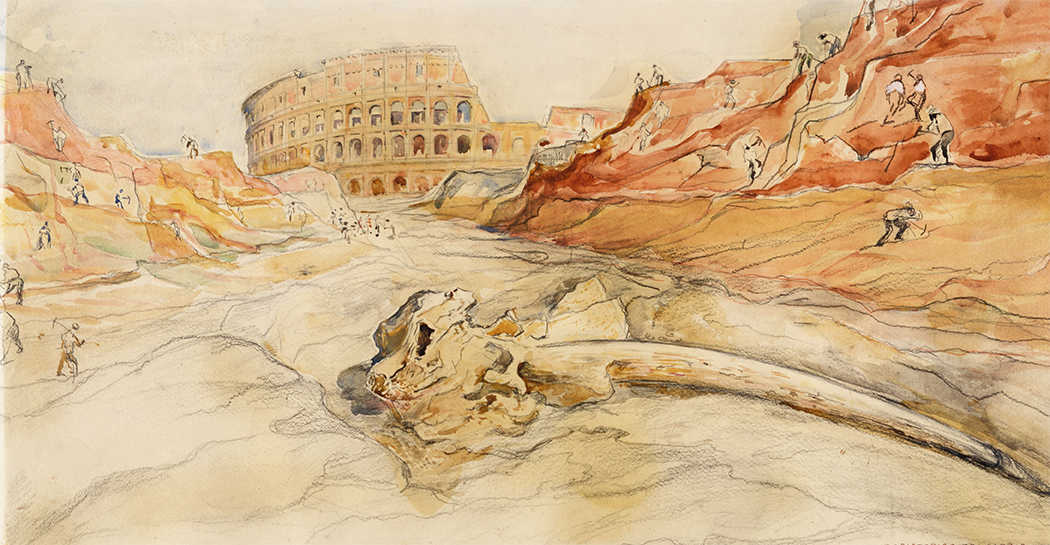
1012298
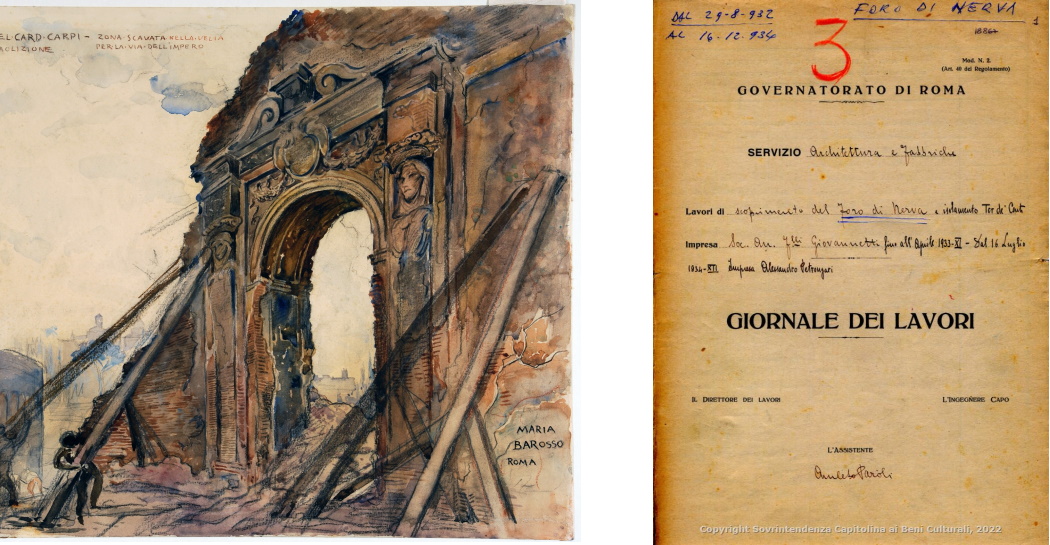
1012297
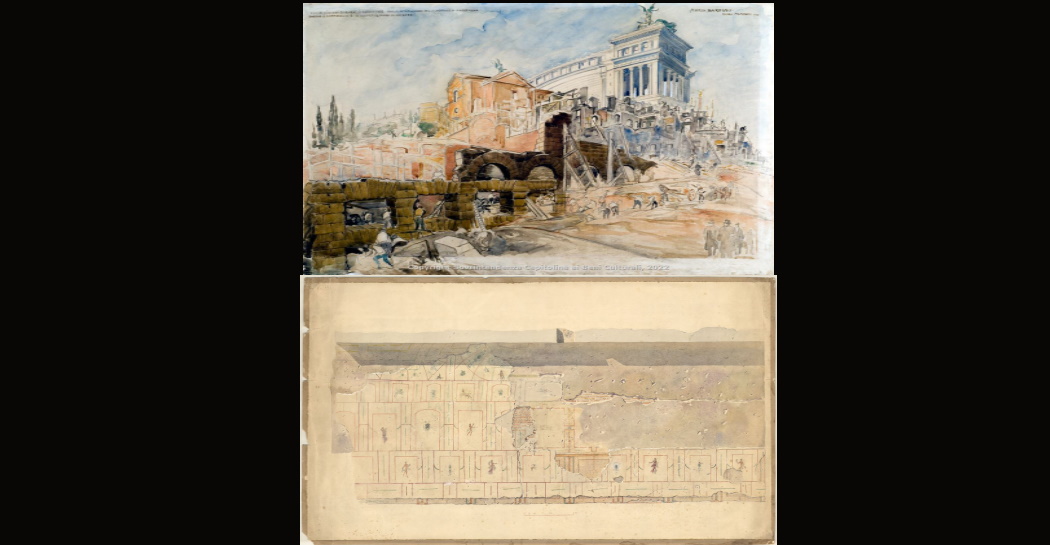
1012296
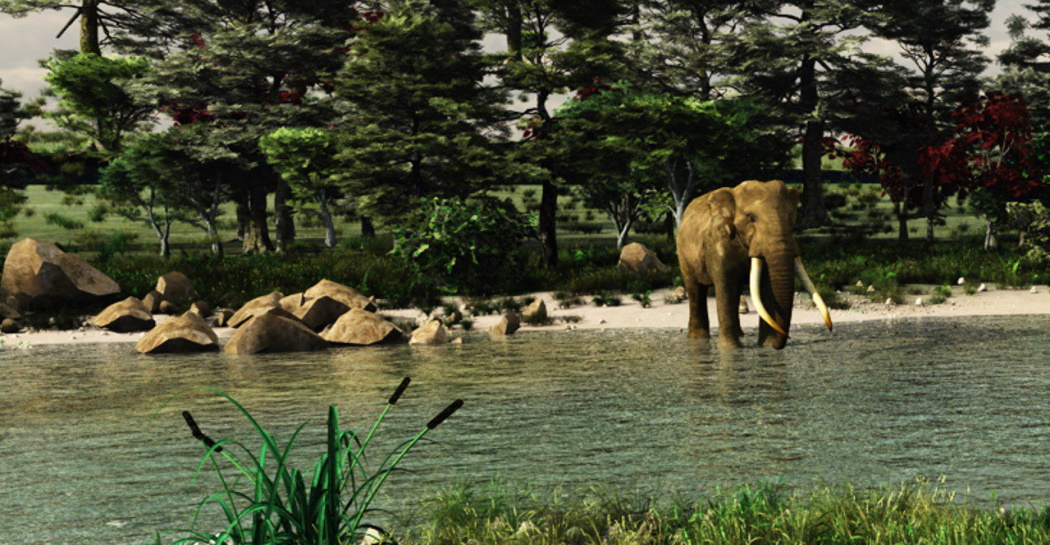
1012295
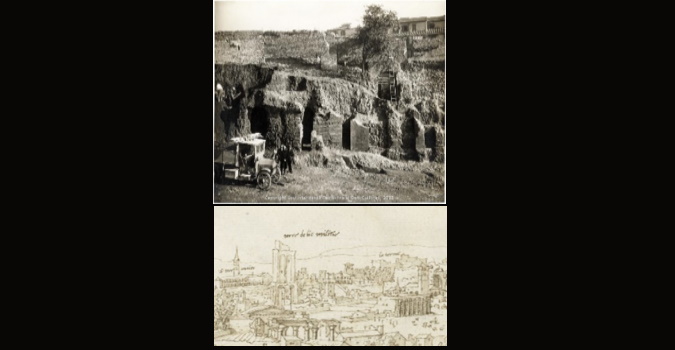
1012294
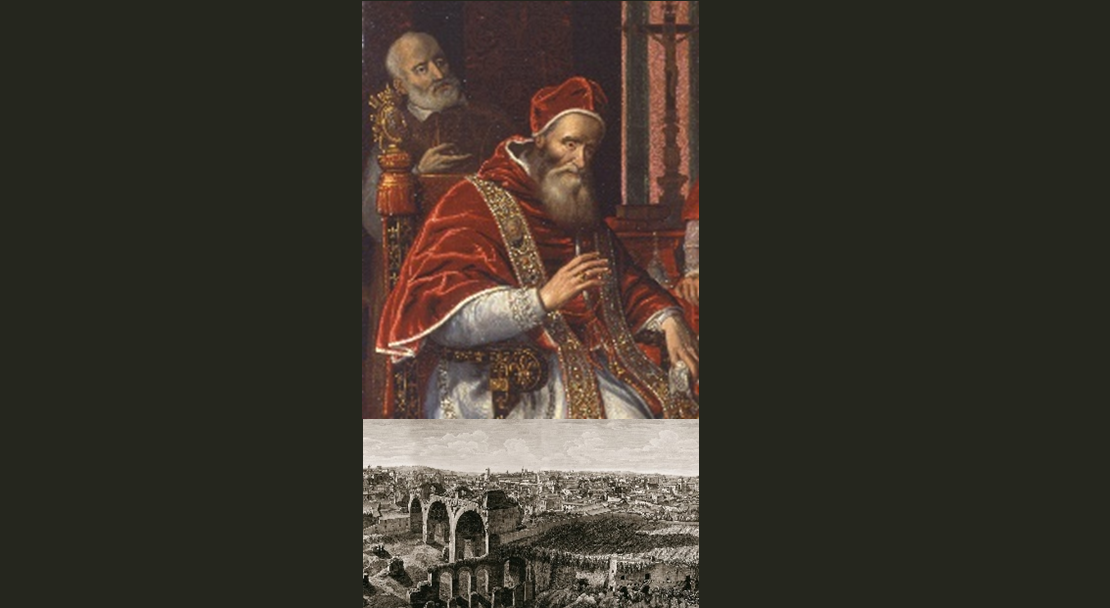
1012293
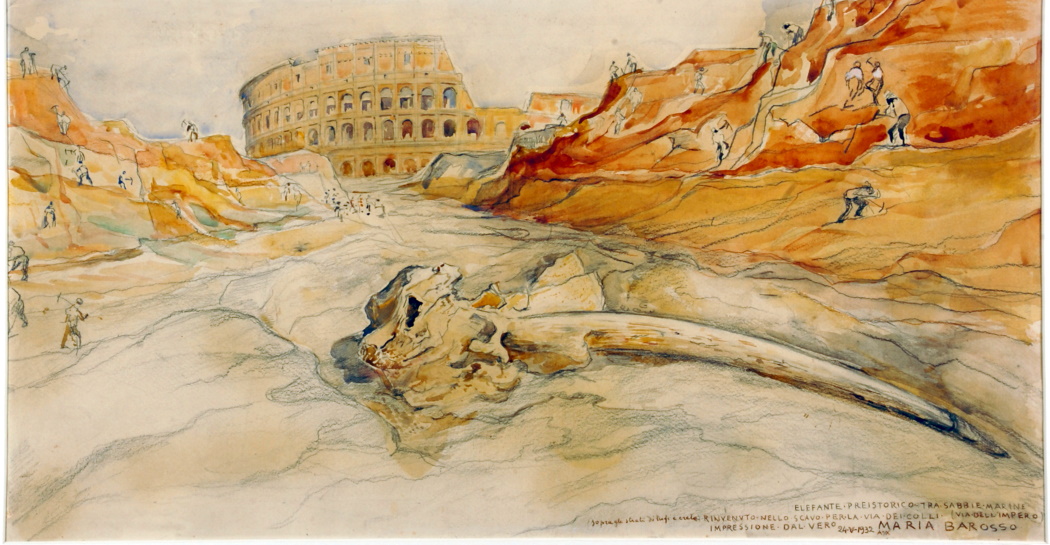
1012185
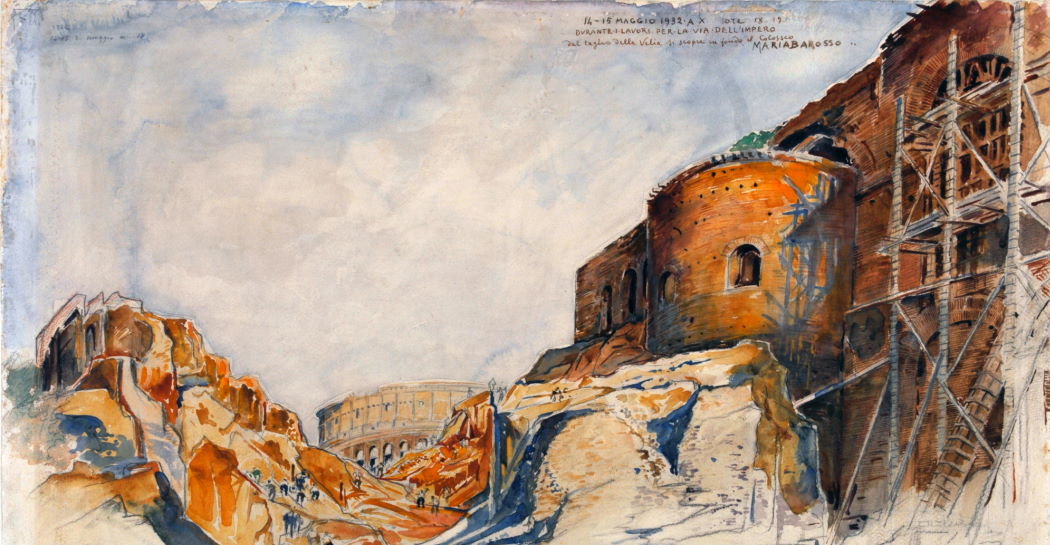
1012182
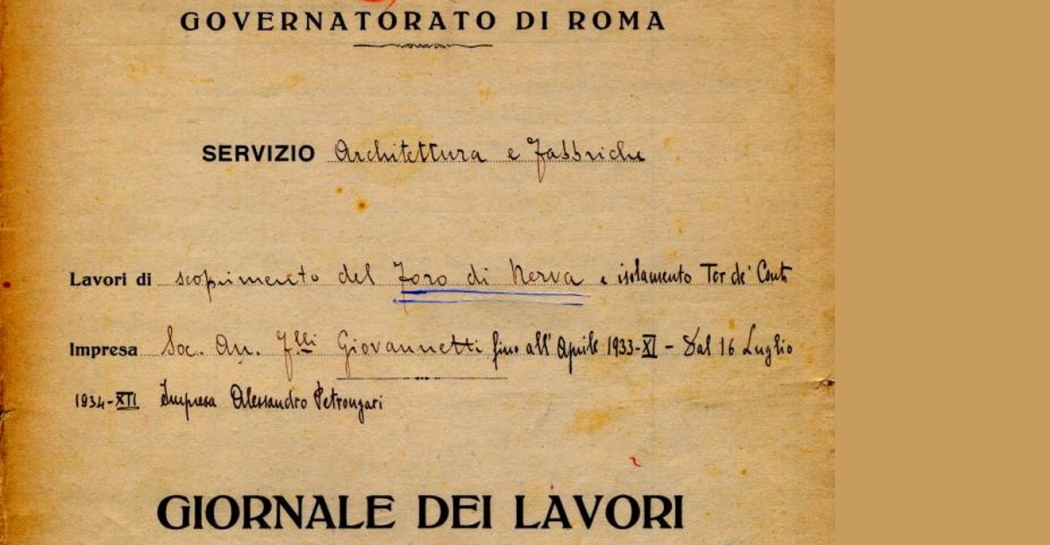
1012180
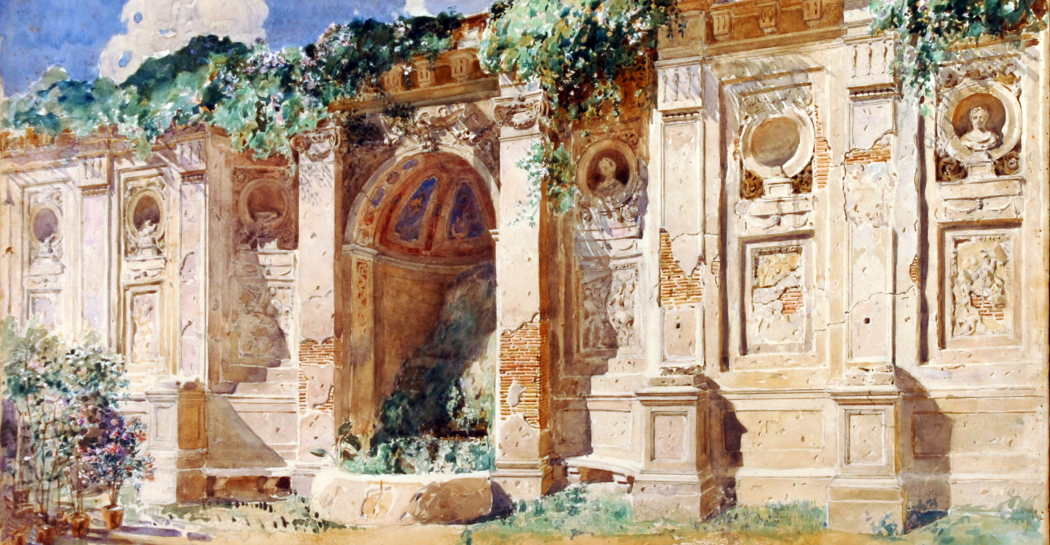
1012074
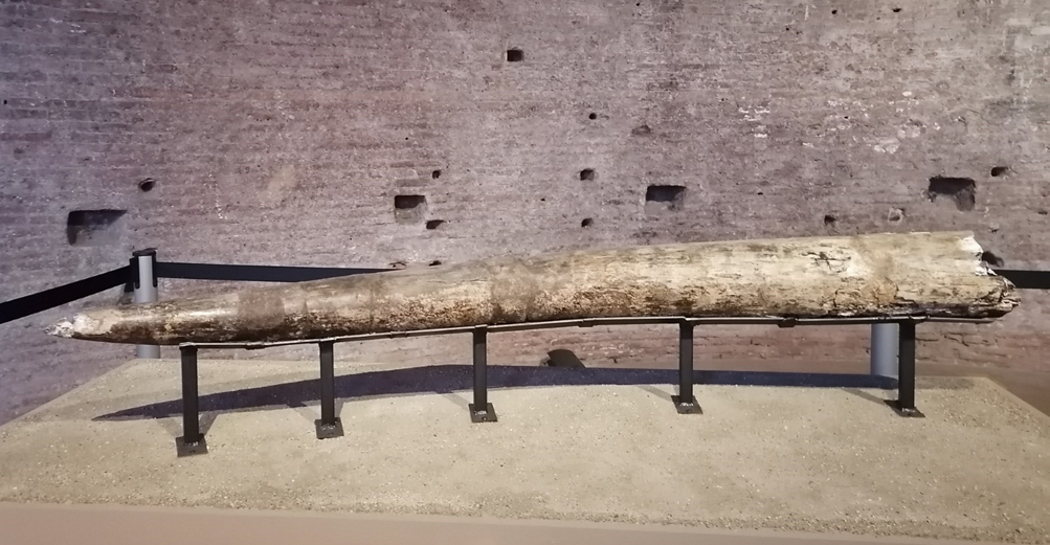
1012073

1012072

1011660

1011659
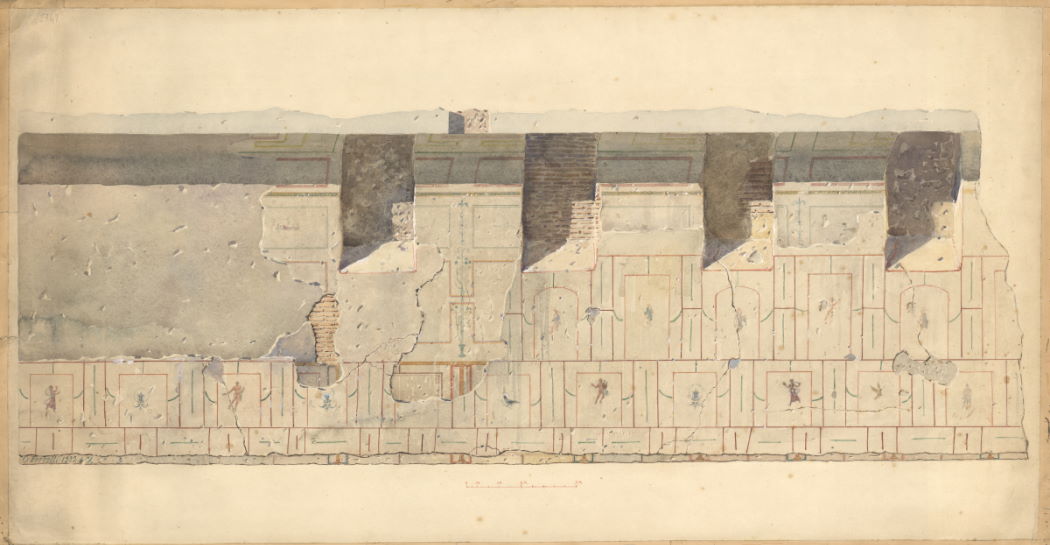
1011620

1011619

1011415
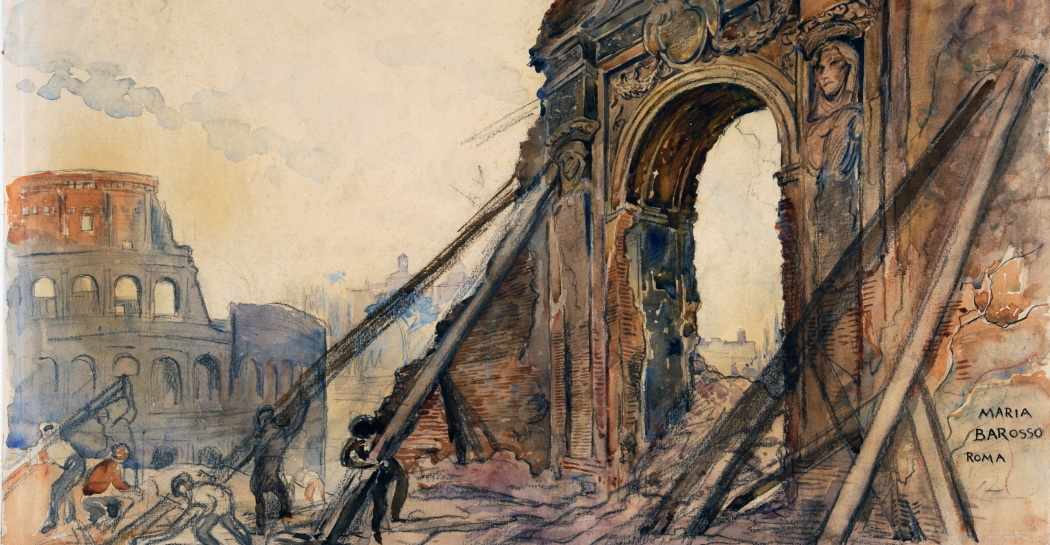
1011414

1011233
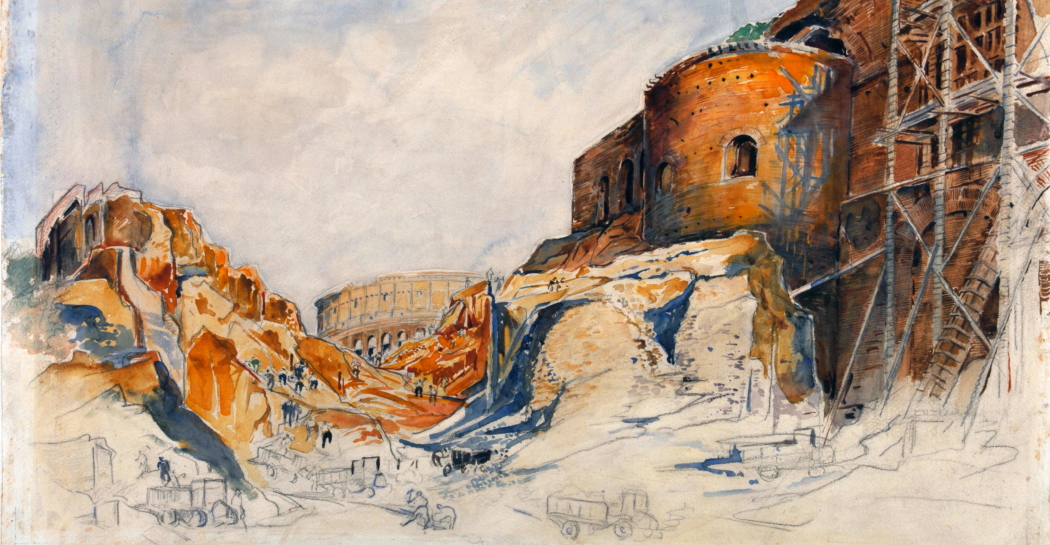
1011232

1011231
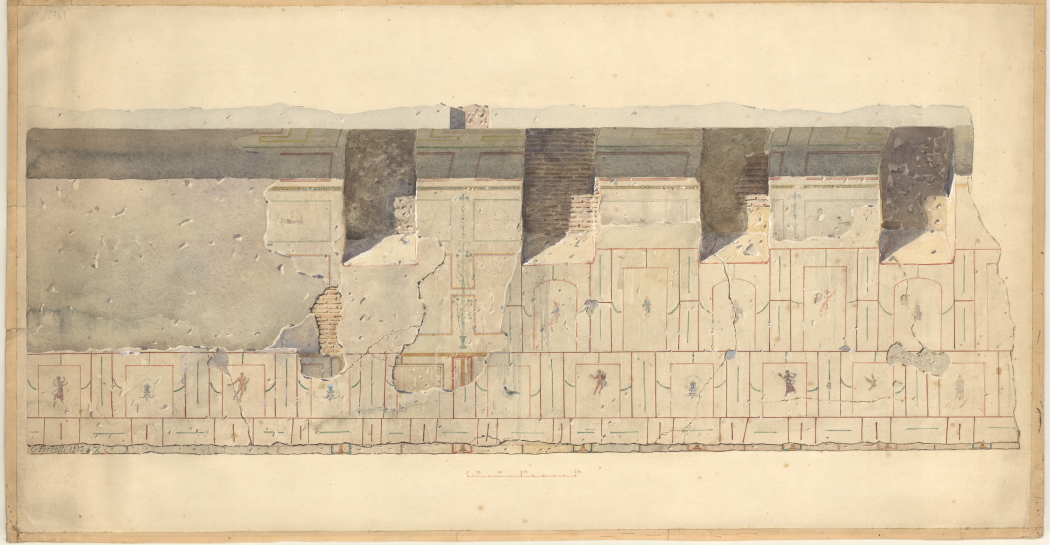
1010767



























